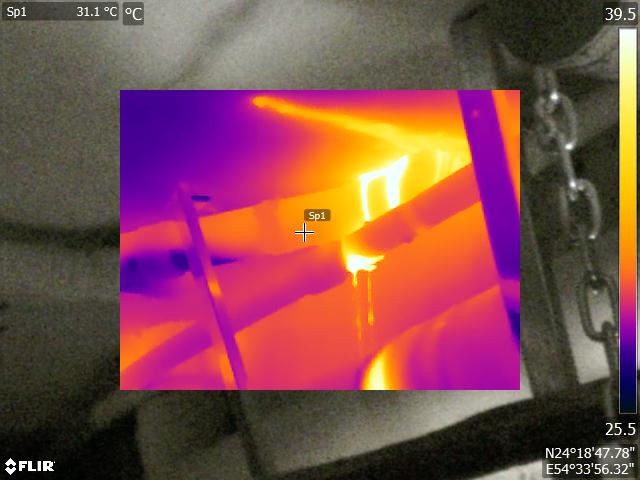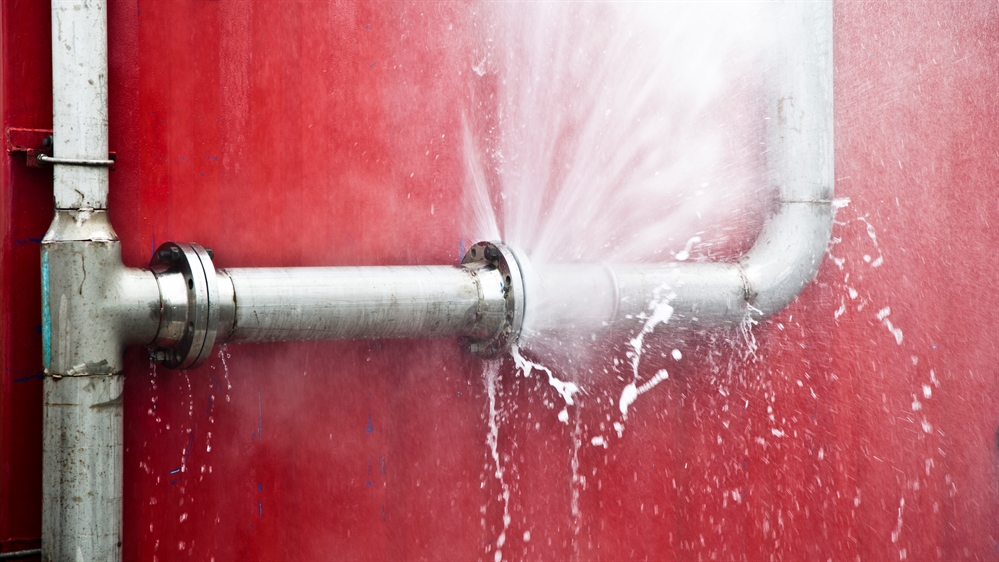types of water leak

– Ceiling Leaks
– Pipe Leaks
– Toilet Leaks
– Faucet, Shower, and Tub Leaks
– Tap Hole Leak
– Water Supply Line Leaks
– Evaporative Cooler Leaks
– Pool and Fountain Leaks
Water Leak Detection
Elite Thermography utilizes advanced water leakage techniques and tools to detect damages, faulty parts, and water leaks in no time. Thermal imaging enables us to find the main source of the leakage, no matter how small or big, without doing any dismantling or any destructive procedures. Thermal imaging is an easy-to-use tool to find and check pipes and tubes for leaks, even when the water pipes are laid in the floor or under plaster. The heat of the pipes radiates through the surface and the pattern can be easily detected with a thermal imaging camera. With thermography and other advanced leak detection techniques, water leakage can be identified quickly for residential, commercial or industrial pipe networks.
Thermography in Water Leakage Inspection
✔ Reduced downtime
✔ Non-destructive and non-contact
✔ Avoid the high cost of repair and maintenance
✔ Can be done on any scale; from private homes to industrial or commercial facilities
✔ Fast and Quality assessment reports
✔ Money-back guarantee if we cannot find the leak


How Elite Thermography Works:
Failure to locate elusive leaks can lead to flooding, destruction of property structures, and high damage costs. An effective leak inspection can help detect leaks in its early stages and prevent significant water damage by implementing immediate solutions.
1. Assess the property
Check indicators like a fast meter, a sudden spike in the water bill, and unusual dripping sounds. Do a physical check of pipelines and identify visible traces of potential structural issues and damages.
2. Pinpoint the leak source
After detecting the source of the leak, secure the area and immediately shut off the valve connected to the damaged pipes. This will help control the leak and related hazards.
3. Non-destructive identification of the leakage
The most common causes of leaks are broken seals, clogged lines, corrosion, and damaged pipe joints. Identifying traces of possible leakage can help prevent bigger damage.
4. Providing comprehensive assessment report
Proper documentation of key tasks is necessary to monitor the progress of repairs. It will help other teams process and evaluate the job being done.
